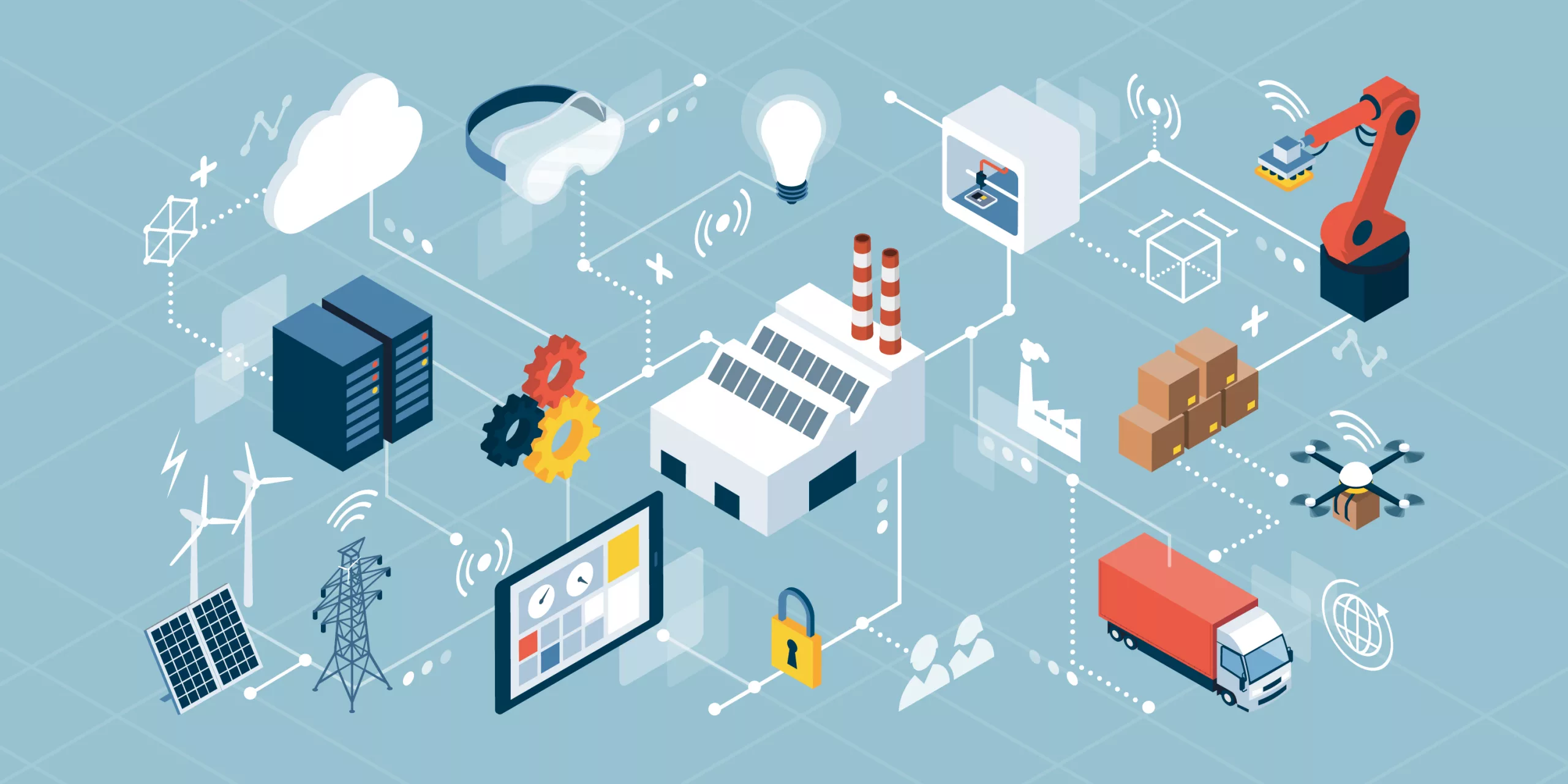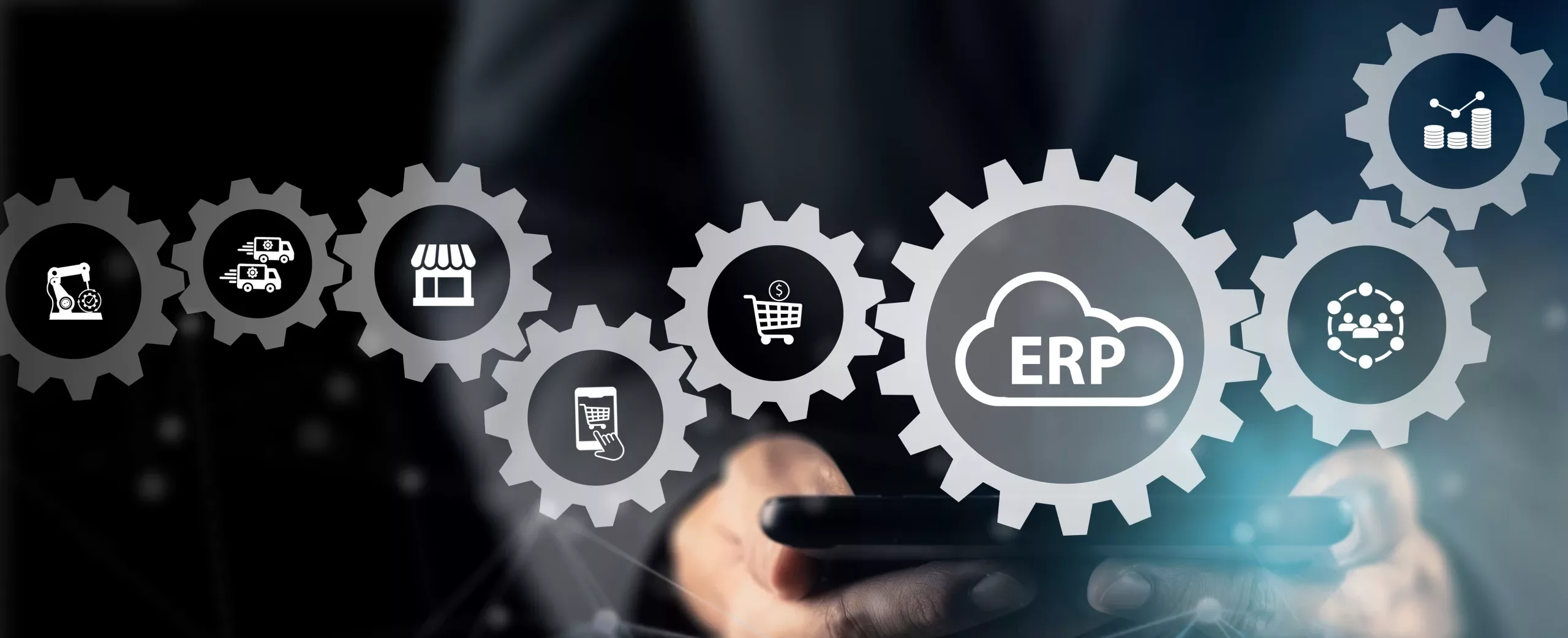
Unleashing the Next Frontier Beyond RPA and IPA Automation: Digital Transformation
In the rapidly evolving and shifting landscape of business, organizations striving to remain competitive and relevant must be agile and responsive. While the deployment of Robotic Process Automation (RPA) and Intelligent Process Automation (IPA) has provided substantial improvements in efficiency and cost reduction, it’s essential for organizations to recognize that these technologies merely scratch the surface of the transformative potential that digitalization can offer. As the dust settles on the era of automation, a new horizon emerges: a comprehensive digital transformation strategy that encompasses not just automation, but the entire spectrum of technological advancements.
1. Automation: A Stepping Stone, Not the Summit
Robotic Process Automation and Intelligent Process Automation have proven their mettle as essential tools in streamlining repetitive tasks, minimizing errors, and maximizing operational efficiency. However, organizations must resist the temptation to perceive these technologies as the pinnacle of innovation. Vigilant recommends to our customers that RPA/IPA should be considered as a transformation tool in a wide-ranging digital transformation toolbox. Other transformation tools may include system upgrades, system parameter enablement, report development, system integration, data governance, and more.
2. From Process-Centric to Customer-Centric
While automation technologies undoubtedly enhance internal processes, digital transformation transcends these confines. It’s time to shift the focus from process-centric improvements to customer-centric enhancements. Seamlessly integrated digital experiences, personalized interactions, and anticipatory services are now the gold standard. Vigilant is helping our customers to leverage data insights from automated processes and AI chatbots to craft custom customer journeys that resonate with today’s tech-savvy clientele.
3. Embracing Data as the New Currency
Digital transformation marks the era of data enlightenment. RPA and IPA generate a treasure trove of data. The next logical step is to harness this data for predictive analysis, AI-driven insights, and informed decision-making. Vigilant helps our customers to unlock hidden patterns, discover untapped opportunities, and optimize their operations with unprecedented precision.
4. Agility and Innovation as Cornerstones
The digital age is characterized by its unrelenting pace of change. To thrive in this environment, organizations must cultivate agility and innovation. While automation laid the groundwork, true transformation involves reimagining processes, products, and business models. Vigilant is helping our customers to adopt emerging technologies such as Artificial Intelligence, Internet of Things, and Blockchain to create new value propositions and revenue streams.
5. Cultivating a Culture of Adaptation
The success of digital transformation hinges on fostering a culture that embraces change. Employees should be empowered to acquire new skills, experiment with novel technologies, and contribute to innovative initiatives. Vigilant works with our customers to develop a culture of continuous learning and adaptation to ensure the organization remains at the vanguard of technological advancements.
6. Navigating Challenges and Mitigating Risks
Undertaking comprehensive digital transformation involves challenges and risks, including technological complexities, change resistance, and security concerns. However, these should not deter organizations from embarking on this transformative journey. Instead, leveraging Vigilant’s experience and depth of expertise allows for opportunities to grow and improve with less risk. Vigilant utilizes effective change management, stringent project management, robust cybersecurity and compliance measures, and thoughtful and practical strategic planning to help mitigate unforeseen challenges.
7. The Holistic Digital Ecosystem
As organizations venture beyond automation, they should strive to create a holistic digital ecosystem. Vigilant helps customers to become data-centric by consolidating technologies, data sources, and processes to deliver a unified and seamless experience across departments, functions, and touchpoints. Data-Centric organizations maximize the benefits of business intelligence and analytics to support data-founded decision making.
In conclusion, while RPA and IPA have played a pivotal role in automating tasks, they are just the beginning of an organization’s digital evolution. To remain relevant and competitive, organizations must shift their focus from isolated automation efforts to a comprehensive digital transformation strategy. By prioritizing customer-centricity, data-driven insights, agility, and innovation, and by fostering a culture of adaptation, organizations can unlock the full potential of the digital age and secure a prosperous future in an ever-evolving business landscape.
We’d love to hear from you and learn how Vigilant can help guide and support you through your Digital Transformation journey.
Current digital transformation projects:
- OpenText to SharePoint Migration with Microsoft Syntex to categorize and apply metadata to documents.
- Customer AP chatbot to connect external customers with invoice and payment status to free employee’s time.
- Migration of RPA processes to Power Automate.
- Legacy SharePoint and Intranet migration to SharePoint 365.
- Human Resources data warehouse – Consolidation of 4 HRMS systems.
- Accounts Payable – AI Invoice Automation.
- Application development – Internal healthcare application portal.
- Employee human resources chatbot to allow employees to self-serve HR functions.
- And more!




 RPA automation use cases in
RPA automation use cases in